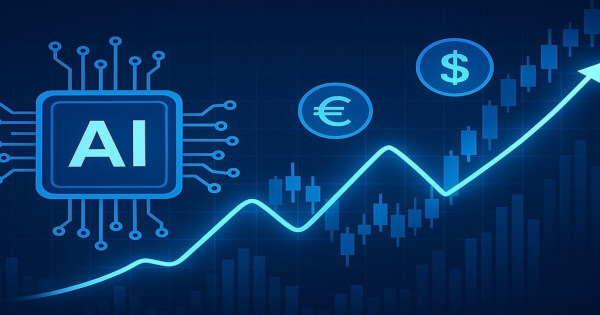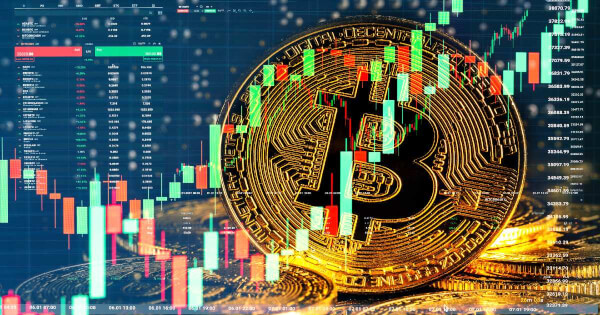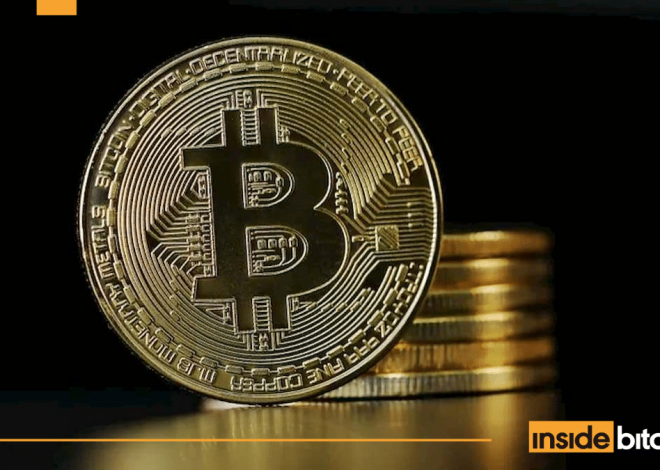
AI Revolutionizes Foreign exchange Buying and selling: Reworking Forex Markets
Khushi V Rangdhol
Apr 09, 2025 18:42
AI is remodeling foreign currency trading, with algorithms executing 70-75% of trades. Human merchants now concentrate on technique and oversight, adapting to a fast-paced market.
Synthetic intelligence is quietly remodeling the world of foreign currency trading. What started as a distinct segment software for quantitative funds has matured into an integral a part of international foreign money markets. At the moment, algorithms execute a majority of spot foreign exchange trades, whereas human merchants step into extra strategic and supervisory roles. Behind the velocity and effectivity lies a brand new market construction—one constructed as a lot on code as on capital.
Algorithms Now Run the Majority of Trades
Based on the Financial institution for Worldwide Settlements (BIS), using algorithmic and digital techniques in spot foreign currency trading has grown sharply. As of 2022, roughly 70–75% of spot trades at main establishments are executed by means of automated platforms. This marks a big rise from only a decade in the past and displays the widespread adoption of AI-powered buying and selling methods, notably amongst banks and non-bank monetary establishments.
These techniques optimize commerce execution by slicing giant orders into smaller ones, lowering value slippage and reacting to market alerts with superhuman velocity. Whereas some claims—reminiscent of execution prices falling 23% or error charges reaching 0.03%—circulated with out verification, business analysis does assist the overall development: AI is lowering inefficiencies and automating away lots of the dangers inherent in guide execution.
Millisecond Markets and Fleeting Trades
Maybe essentially the most dramatic change is how rapidly AI reacts to market information. Whereas particular figures like JP Morgan’s alleged 47-millisecond response time aren’t confirmed in public reviews, high-frequency buying and selling techniques are recognized to function on timescales properly beneath one-tenth of a second. Algorithms now parse financial releases and value fluctuations in actual time, adjusting positions inside moments.
Because of this, the common holding time for some AI-driven foreign exchange trades has shrunk to seconds. The place human merchants as soon as held positions for hours and even days, trendy techniques execute and exit inside milliseconds. This high-speed atmosphere gives effectivity and liquidity—but in addition makes it practically inconceivable for human merchants to compete on execution velocity alone.
Merchants Evolve, Not Vanish
Regardless of fears that AI would remove jobs, the human dealer is way from out of date. As a substitute, the function has shifted. Reasonably than spending most of their time manually executing trades, merchants now perform extra like algorithm managers and threat engineers. They monitor efficiency, fine-tune parameters, and intervene throughout market anomalies.
Current traits verify this evolution. Establishments report that merchants now spend lower than a 3rd of their time on execution, focusing as a substitute on technique, compliance, and supervising automated techniques. Human experience nonetheless issues—particularly in risky or illiquid situations the place judgment and expertise outperform algorithms.
International Regulators Step In
With the rising affect of AI in buying and selling, regulators are actively working to make sure transparency and stability. In early 2025, the Hong Kong Securities and Futures Fee launched guidelines requiring corporations to check AI-driven fashions underneath varied situations and keep human oversight over automated decision-making.
Equally, the UK’s Monetary Conduct Authority has emphasised governance and accountability in algorithmic buying and selling, whereas the European Union’s MiFID III reforms and forthcoming AI Act intention to categorise buying and selling algorithms as “high-risk” techniques. These frameworks are designed to encourage innovation with out sacrificing market integrity, requiring explainability, documentation, and safeguards.
A New Period of Human-AI Synergy
As AI continues to embed itself into the material of foreign currency trading, the shift is plain—however it’s not about changing people with machines. As a substitute, it is about integrating AI’s velocity, precision, and data-processing energy with human judgment, oversight, and technique. Probably the most aggressive corporations are those who perceive this synergy: deploying algorithms to execute at scale whereas sustaining a agency grip on governance, threat, and flexibility. This quiet revolution isn’t flashy, however it’s redefining the market—from how trades are executed to how merchants themselves function within the age of clever automation.
Picture supply: Shutterstock



